Adding compost to your garden is one of the best things you can do for your plants. If compost ingredients are carefully mixed you can create compost in a matter of weeks not months. This article explains how.
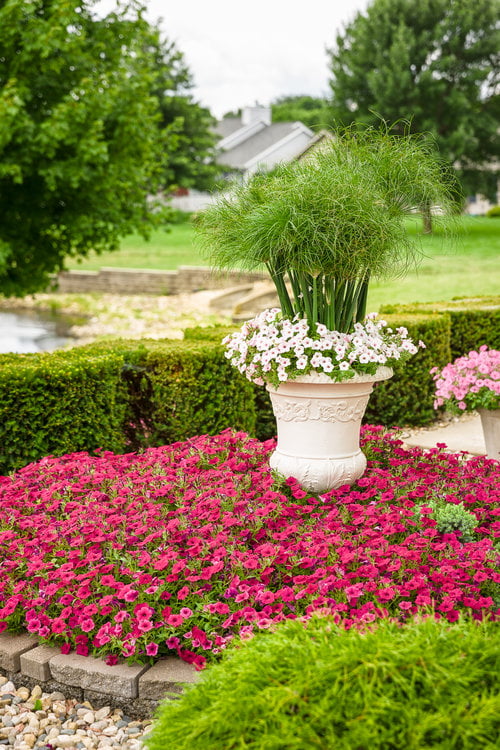
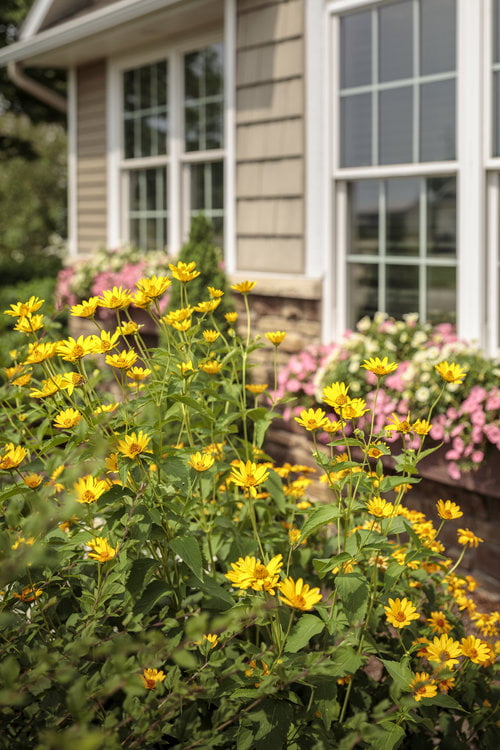
The original Garden Gold article talked about the slow and simple way to compost. For many of you slow and simple will be sufficient. However, some of you may want to make compost in a matter of weeks rather than months. This is possible but will take a more intensely managed compost pile to pull it off. Consider this article the advanced way to create your garden gold.
Garden Gold talks about setting up your compost pile, including where to put it and how to build it. It also covers the material you should put in your compost pile and what you shouldn’t include. If you haven’t already read it I suggest you do so now. By now you know that compost will pretty much make itself if you give it enough time. However, to most efficiently turn yard waste into compost you will need to manage carbon to nitrogen ratios, surface area, oxygen, moisture, and temperature both inside and outside the compost pile. If these factors are managed correctly you can have finished compost in as little as 3 to 4 weeks.
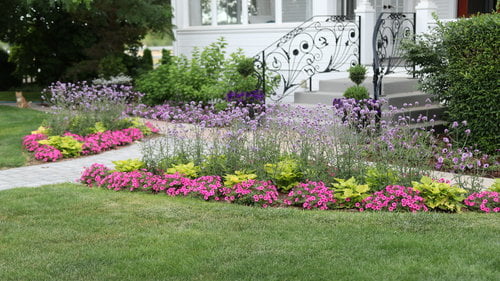
Creating the Conditions for Rapid Decomposition
The ingredients in compost are broken down by microbes. Creating compost quickly comes down to keeping the microbes in your compost pile happy. In order for the microbes to work most efficiently they need to have the correct proportion of Carbon (also often referred to as brown materials) to Nitrogen (also referred to as green materials). The ratios listed in the various articles I’ve read vary anywhere from 30:1 (C:N) to 3:1 (C:N). I would look at putting a ratio somewhere around 8:1 (8 parts carbon to 1 part nitrogen). If you want fast decomposition you will need to place everything into your compost pile at once. Putting things in bit by bit doesn’t allow the compost pile to create the conditions for fast decomposition.
It is best to layer the materials in your compost pile, think of it as a lasagna. Place an 8 inch layer of brown material down, top this with a 1 inch layer of green, followed by brown, followed by green… Carbon (brown) sources include dried leaves, straw, shredded paper, hair trimmings. Nitrogen (green) sources include kitchen scraps (avoid dairy and meat based products), grass clippings, animal manure and weeds (don’t use diseased or seeding weeds). You can also help kick start your compost pile by adding a few hand fulls of finished compost or soil to the pile. Finished compost or soil will essentially inoculate your compost pile with the microbes needed to break down your components into usable compost.

The Importance of Surface Area and Oxygen
Surface area is important for speed of breakdown. Smaller pieces of material means more surface area for the microbes to work, this will cause the material to break down more quickly. Chop or shred the materials going into your compost pile so that the microbes have lots of places to feed. A lawn mower can be quite effective at chopping up leaves. Spread the leaves in a layer and then run over them with the mower a few times before adding them to the compost pile.
The microbes also need oxygen to live and work. As the microbes work breaking down the material at the center of the pile (where they will be most plentiful) they can use up all available oxygen. To keep them working efficiently you will need to insure that oxygen is reaching all areas of your compost pile. One way to insure that this happens is to turn the pile over. For the quickest decomposition turn your compost at least once a week. Turning the compost pile actually does two things, it gets more oxygen incorporated and it mixes the less decomposed materials (located on the outside of the pile) into the more decomposed materials which will help all of the material decompose quickly.
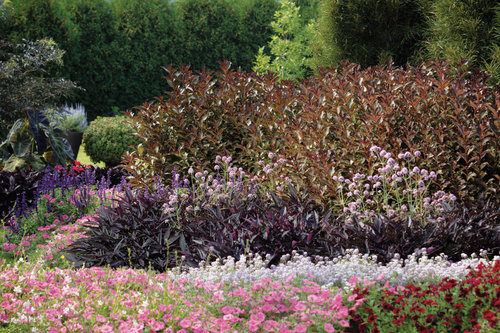
Moisture is Necessary for Success
Moisture is the next important component for quickly turning ingredients into compost. In general brown ingredients will be dry and the green ingredients will be wet. When mixed together the pile should feel like a “well wrung out sponge.” You may need to add water to your pile to get the moisture level right. Try to use rain water or other non-treated water. Chlorine and chemicals to treat water can kill the microbes that will break down your compost pile. If your compost pile stays too wet you will kill off the aerobic microbes (the ones that use oxygen) and anaerobic microbes (ones that don’t use oxygen) will take their place. Anaerobic microbes will still work on breaking down your compost ingredients but they will cause the pile to have an unpleasant odor. If your compost pile gets too wet, add additional dry brown ingredients to help it out. If the compost pile is too dry the microbes won’t work efficiently either so monitor moisture levels.
The microbes are also most efficient at certain temperatures. Internal temperatures of 140 to 160 degrees F should be the happy spot for your microbes. This temperature is more easily maintained during warm weather but can be also be maintained in cold weather. Within a day of forming your compost pile it should begin to really heat up, this is from energy given off by the working microbes. As food and oxygen levels fall the pile will begin to cool off. Turning the pile every week will help insure that those internal temperatures remain high. Compost piles that heat up to 140 to 160 F should be hot enough to kill weed seeds. To be on the safe side omit weeds that have gone to seed from the pile. It will take a fairly large compost pile to maintain these high temperatures, especially during cool weather. A 3 x 3 x 3 foot compost pile is ideal. Worms and insects are common in a compost pile, don’t get rid of them they will aid in decomposition.
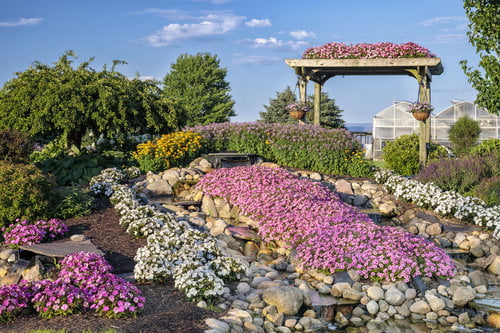
Common problems with Compost Piles
- a compost pile that doesn’t heat up is usually due to not enough nitrogen/green ingredients or a pile that is too dry. Add more nitrogen/green or moisture to the pile to fix the problem.
- a compost pile that smells bad is usually due to wet conditions. Wet compost piles will use anaerobic microbes rather than aerobic microbes, creating foul smells. Add dry ingredients to the pile to help dry it out, stir the pile to increase the oxygen content.
- if your pile is attracting wildlife or rodents check to make sure you aren’t including meat or dairy products in the compost pile. These materials can attract unwanted critters.
While researching information for this article (I use the slow and simple method) I found the mecca of composting information. For anything and everything you ever wanted to know about compost go to www.howtocompost.org. This site functions as a clearing house for articles and information on composting.
The article is reproduced from: https://www.provenwinners.com/learn/garden-gold-again


